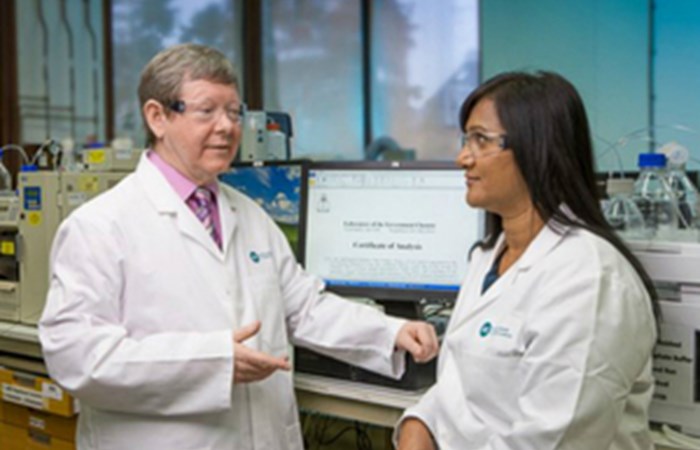Government Chemist

More than 40 members of the Royal Society of Chemistry from the Northern Ireland local section and analytical division heard how DNA can aid profiling in a criminal investigation, help identify World War One victims and play a role in detecting food fraud.
During the talk on Wednesday 6 November 2013, Michael Walker, consultant referee analyst for the Government Chemist programme, discussed the Colin Pitchfork case which was one of the first to use DNA profiling in a criminal investigation. Michael explained how the first prime suspect was shown to be innocent by DNA profiling before the murderer was found and convicted using DNA fingerprinting evidence. Michael also described an intelligence-led screen from his time at Forensic Science Northern Ireland that led to the conviction of Arthur Murray for the manslaughter of Patrick McGrath.
James Walker, LGCs team leader in specialised forensic DNA, described his DNA work on the identification of WW1 remains from the battle of Fromelles. LGC has worked closely with the Australian and British governments, Commonwealth War Graves Commission and the Ministry of Defence to recover and then use DNA samples to identify soldiers.
The speakers also covered the role of real time polymerase chain reaction and the difficulties of quantification in mixtures of species. They provided examples of referee analysis involving DNA, including the detection of illegal genetically modified rice and confirmation of public analyst findings in the official surveys for horse meat and pig in beef products.
